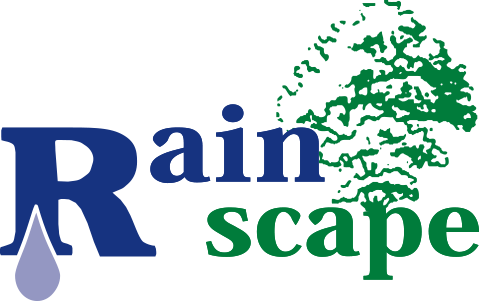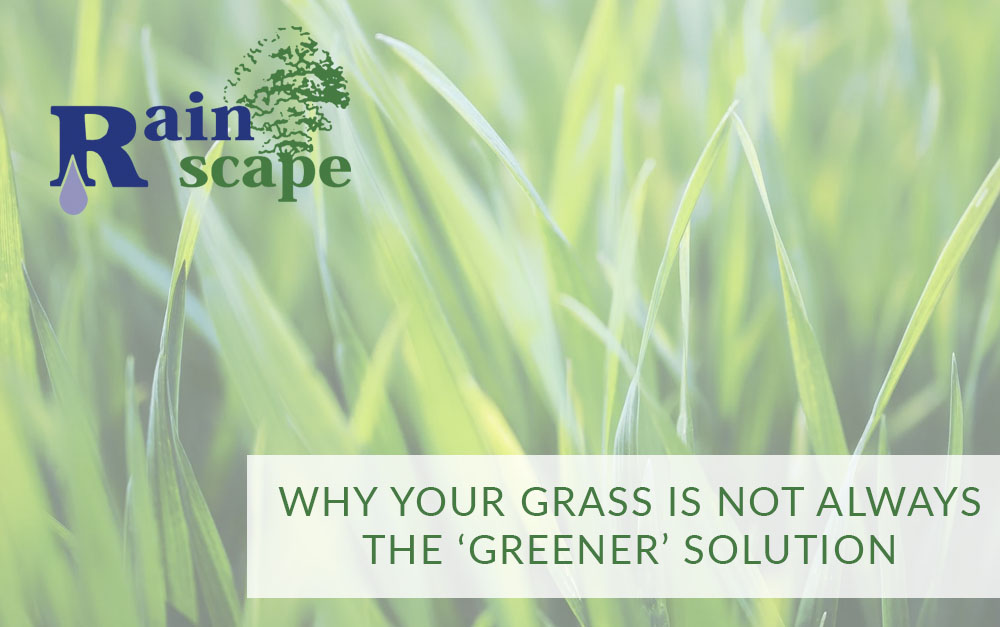Is it time to ditch your lawn? The grass isn’t always greener…ICYMI (In case you missed it) we are currently in yet another drought in our beloved San Joaquin and Central Valley area. All of us try to do our part for the environment to keep things green and sustainable. We recycle, we compost, we save electricity and make efforts to reduce waste. Are we missing something?
Your lawn has an environmental impact
Manicured turf grass lawns cover up to 50 million acres of land in America. Did you know that lawns generally consume nearly 3 trillion gallons of water a year? Is that all? Nope… Did you know that over 200 million gallons of gas is used mowing all that lawn and over 70 million pounds of pesticides?
Rainwater runoff from lawns can carry these same pesticides and fertilizers into lakes, rivers, streams, and oceans via the sewer system. Runoff poisons fish and other aquatic animals and can come back full circle and harm us when we swim in the same water or eat contaminated seafood. Don’t forget all the air pollution from the lawn mowers. That is a lot to consider when we think about our part of the environmental impact due to our landscape.
Pollinators and other animals have something to say about the Greener Solution
Have you talked to the birds and the bees lately? While we know that grass is welcoming to our bare feet it doesn’t exactly throw out the welcome mat to our pollinators. Pollinators that make up our healthy and diverse ecosystem require a habitat that green grass just doesn’t provide. Birds in fact often ingest berries and seeds that are full of pesticides from the ground used to maintain the same green grass that doesn’t benefit from.
You have options to make a change
We are not saying that green grass is evil, and you should never ever have a lawn, but realizing the impact your landscape can have can make you more mindful when making choices in your landscape design. If you would still like to have green grass, that is ok, one option is to have it take up a smaller footprint in your yard. Another option is to ditch the thirsty lawn for a more drought-friendly form of landscape. You can use low-growing turf grasses such as fescue, replace green grass with native or natural landscapes consisting of native plants, or create an edible plant garden in one portion of your landscape.
Another option in the quest for the greener solution is to replace your green grass with artificial turf. In many areas there are added incentives for lawn conversion. You can check out local guidelines. If you have any questions about the best artificial turf for you, or the reasons artificial turf rocks, you can check out some of our past blogs, or reach out and we would be happy to answer any questions.
Experts are here to help
Talking to a landscaper, or expert in this area can save you time, money, and frustration. Here at Rainscape we would be happy to help guide you through your lawn conversion process and offer you tips and landscaping advice. We can help you design and implement an environmentally friendly landscape that you will love for years to come…all with the greener solution in mind.

